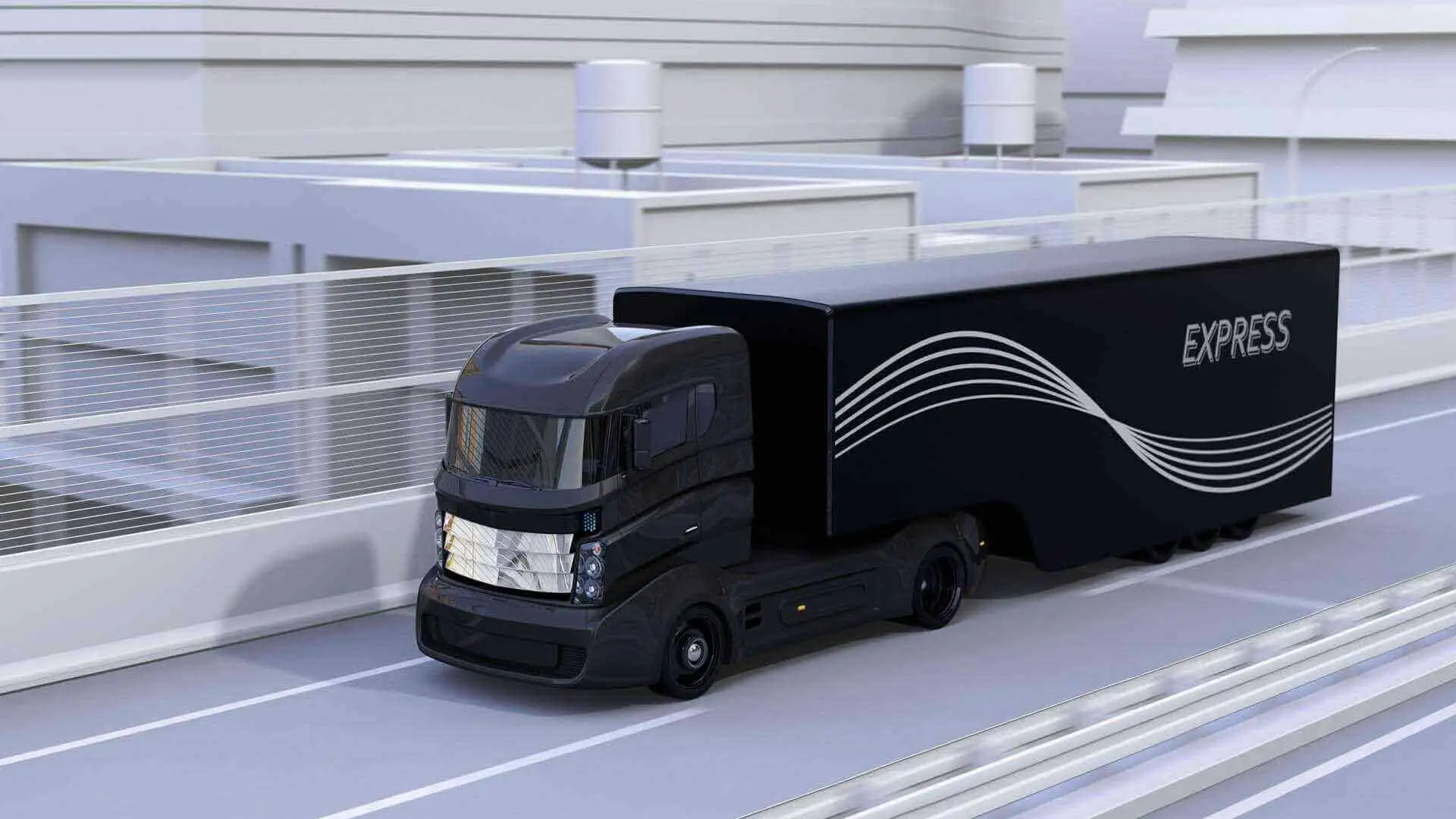
Autonomous Vehicles & the Environment
Having discussed the impact of autonomous trucks on logistics companies, truck drivers, public safety, and governmental regulation, this article explores the ways in which autonomous trucks and cars may improve or, as some skeptics point out, further deteriorate the environment. Yet considering the US transportation sector alone is responsible for 27% of harmful gasses emitted into the atmosphere and accounts for 5.75% of global emissions, any avenue towards greater fuel efficiency in the transportation sector is welcome. A report found that automated vehicles could reduce fuel consumption by as much as 90 percent, or increase it by 200 percent. As such, while autonomous driving at the commercial and private level is aiming to contribute to reductions, skeptics fear that the increased convenience of autonomous vehicles may lead to higher emissions.
Are autonomous vehicles greener? The best-case scenario
Today, trucks make up nearly 25% of US transportation greenhouse-gas emissions. Cutting down on truck fuel consumption could thus have a significantly positive impact on pollution mitigation. A primary method in which autonomous driving may reduce truck emissions would be through employing the most efficient driving speeds and transitions possible. While the “best” truck drivers are 30% more fuel efficient than the “worst,” employing cruise control and shifting to electric at the right time, while breaking and accelerating only when necessary, can be automatically implemented into self-driving trucks so that every truck drives at maximum fuel efficiency.
Furthermore, as mentioned in part 3 on the safety of autonomous vehicles (link), truck platooning remains an effective way not only to reduce the number of road accidents, but to also reduce wind draft and thus save up to 4.5% fuel costs for leading trucks and 10% for each following truck. As trucks become increasingly safe through the use of autonomous driving systems, they can slowly but surely disarm themselves of their protective, bulky, and heavy shields, allowing them to drive more efficiently than ever.
Another fact, according to a recent study by the Barcelona Global Health Institute (ISGlobal), is that fully automated vehicles could significantly reduce the number of traffic accidents. With 90% of autonomous vehicles in the US, it is estimated that approximately 25,000 lives could be saved each year, with an estimated annual economic savings of more than $ 200 billion.
Autonomous cars: A different set of opportunities
While trucks speak heavily to the interest of Teleroute’s clients, as 96% of cars on the road are privately owned, it is worth discussing the ways in which autonomous private cars may affect our environment as well. And as these cars are stagnant 95% of the time, reducing private car ownership through the employment of self-driving “robot taxis” may be welcomed with open arms by residents who financially support and insure these vehicles. In other words, self-driving cars may be capable of reducing the number of cars owned by a) serving entire households with just one vehicle that is able to drop off and pick up workers and students at the requested times or b) ultimately serving as public transportation with greater catering to the exact destinations of riders. The idea here is that one car could be responsible for picking up multiple people at different locations and dropping others off through the most fuel-efficient routes, eliminating the need for each rider to purchase his or her own car. Furthermore, the idea that cars can locate open parking spots through GPS or communication methods means that drivers are less likely to be spending those extra 10-20 minutes driving street by street with their eyes peeled for an open spot. Lastly, in a scenario where enough cars on the road are fitted with autonomous driving technology, communication between cars would eliminate the need for streetlights, and the breaking and accelerating they require, allowing for consistently fuel-efficient driving speeds. The concept of autonomous private cars and public taxis thus entertains the idea of a world with fewer cars and, subsequently, less pollution and congestion.
Autonomous vehicles and the environment: The worst-case scenario
While the spread of autonomous driving is expected to reduce fuel consumption and the pollution it causes, there remains the chance that the technology’s widespread use may backfire in regards to environmental friendliness. For example, with autonomous driving being “easier” than manual driving, the convenience could convince individuals to simply utilize autonomous cars more than they would manually-driven cars, ultimately causing a spike in the frequency of auto trips taken per person. Furthermore, with self-driving technology enabling us to be more productive in commutes, and with cheaper housing being found on the outskirts rather than inner districts of cities, autonomous vehicles may persuade commuters to deal with longer daily trips to and from work as commuting time is no longer considered “wasted” time. Additionally, not only can the statistically safer self-driving cars leader to faster driving speeds (also resulting in greater emissions), but more individuals will be capable of self-mobility, such as children and the elderly, thus amplifying the number of people on the road at each given moment.
Taking the positive and negative scenarios into consideration, the opportunities that autonomous driving poses for the environment should certainly be given a chance. Self-driving technology has the potential to redefine human understandings of space and mobility, to foster non-stop innovation and, in the case of car-sharing, to create communities of commuters who, like their neighbors, are intent on getting from A to B as efficiently as possible.
